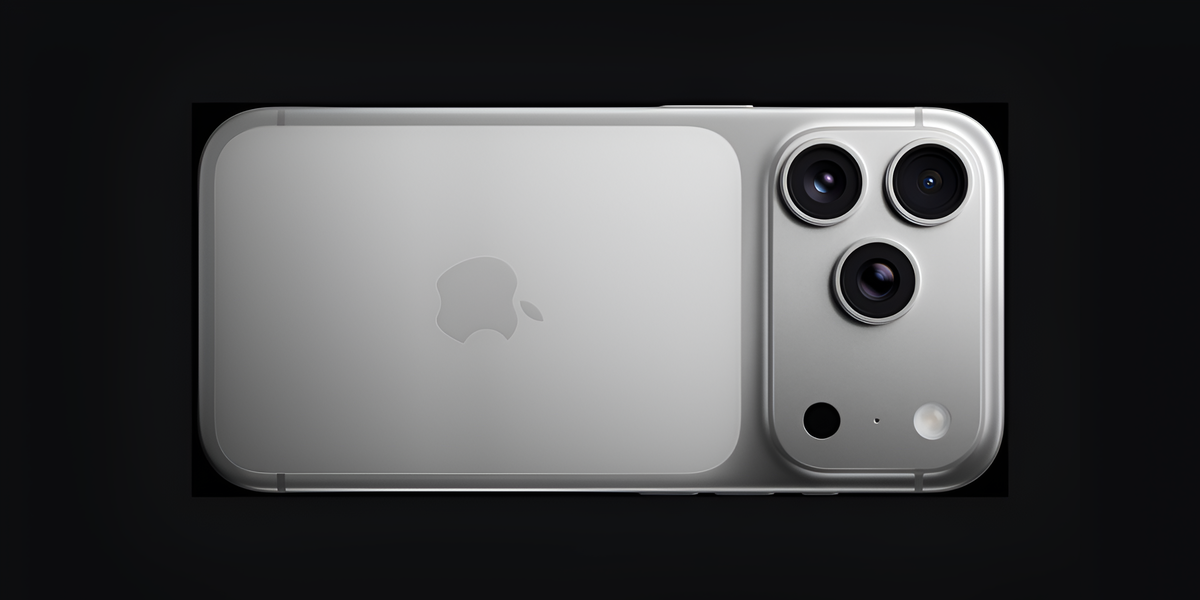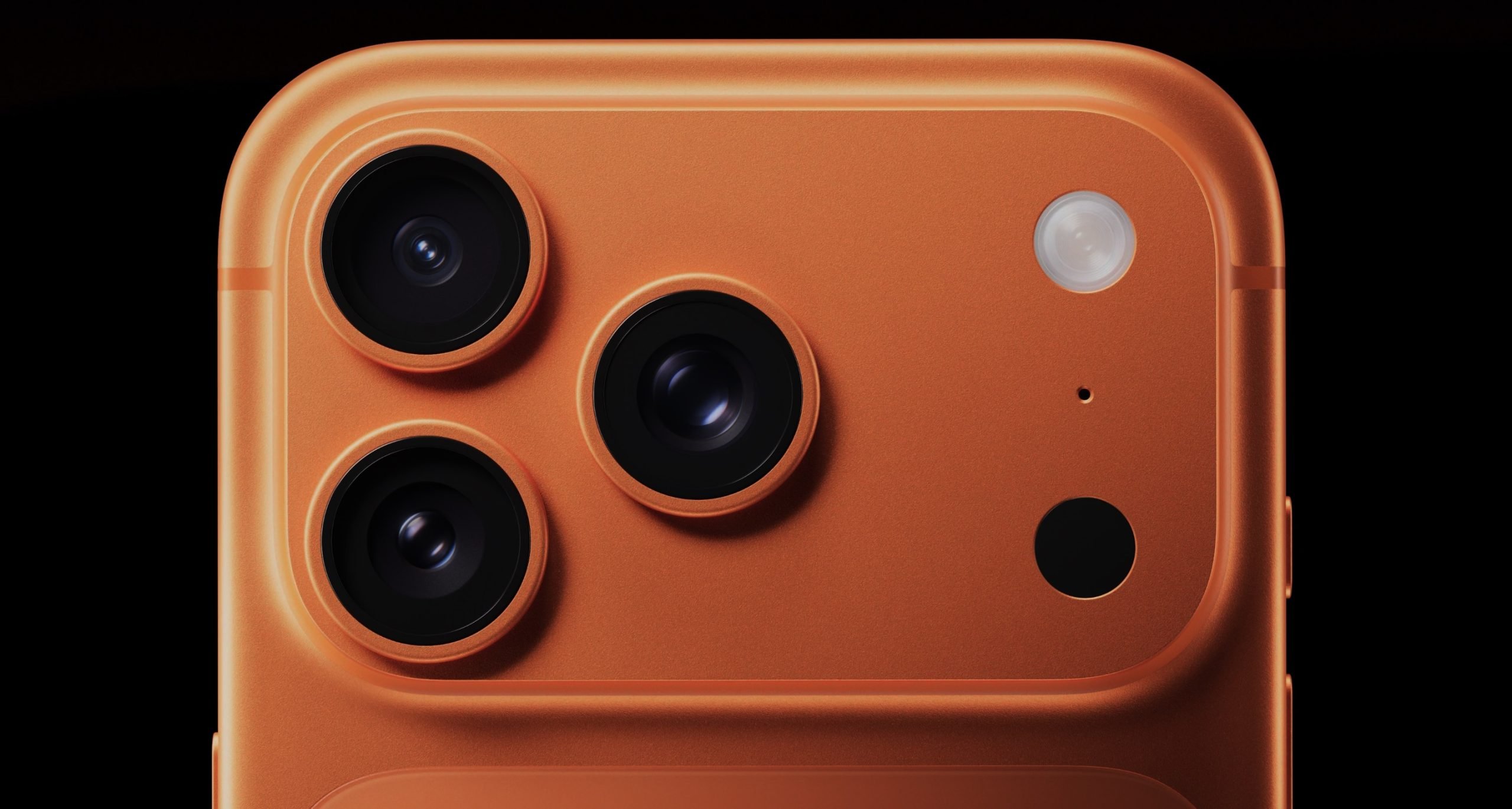iPhone 17 will use upcoming Apple Silicon chip technology
The road map for Apple processors in the iPhone has been announced, the next big breakthrough will come with the iPhone 17
iPhones have always been at the forefront of their technology, and the chips developed by Apple are a clear example of this. The A17 Pro chip in the iPhone 15 Pro and iPhone 15 Pro Max is just the latest example of this. The only mobile chip produced with the 3nm manufacturing process. Something the competition will only be able to achieve in 2025, almost two years after Apple.
But evolution and development do not stop and Apple is already planning its next big technological breakthrough in terms of processors. This time we will not see it in the A18 chip of the iPhone 16, we will have to Wait for the A19 chip that the iPhone 17 is supposed to launch.
iPhone 17’s A19 chip will be only 2 nm
Apple has a very close relationship with TSMC, one of the world’s largest chipmakers, which guarantees priority access to its technology. For this very reason, A17 Pro chip and M3 chip variants are the only chips in the world that use the 3nm manufacturing process Taiwanese company.

A17 Pro is the most advanced smartphone chip in the world
TSMC has now announced its future plans and so we know what the equipment of the next generation iPhones will be like as Apple will continue to receive preferential treatment in its production. And Only the iPhone 17 generation with the 2 nm A19 chip will make the next significant leap.
Next generation theorists iPhone 18 will use an evolution of this 2nm process called N2PIt’s a similar improvement to what we’ll get on the iPhone 16 chip this year. We’ll have to wait until the iPhone 19 to see an even more compressed chip. Theoretical A19 will be produced on a 1.4nm process only.
Let’s remember that lithography of a processor, measured in nm, is the manufacturing technology of the chip’s internal components. It consists of a very complex process in which transistors are “printed” onto a silicon wafer. The smaller the lithograph, the more efficient and powerful the chip equal number of transistors.
Apple has always been a pioneer in chips
We now know them as Apple Silicon since they came out on Macs, but Apple has been designing its own chips in the iPhone series for many years and stands out by always being one step ahead. of the competition. These are the chips used in the latest iPhones and their lithography; Every two years we clearly see a significant evolution:
- iPhone XR and XS (2018): A12 Bionic (7nm, N7)
- iPhone 11 and 11 Pro (2019): A13 Bionic (7nm, N7P)
- iPhone 12 and 12 Pro (2020): A14 Bionic (5nm, N5)
- iPhone 13 and 13 Pro (2021): A15 Bionic (5nm, N5P)
- iPhone 14 Pro (2022): A16 Bionic (4nm, N4P)
- iPhone 15 Pro (2023): A17 Pro (3 nm, N3B)
- iPhone 16 Pro (2024): “A18” (3nm, N3E)
- iPhone 17 Pro (2025): “A19” (2nm, N2)
- iPhone 18 Pro (2026): “A20” (2 nm, N2P)
- iPhone 19 Pro (2027): “A21” (1.4nm, A14)
Although it is said, we do not know where the border is. A new molecular technology will be required to go below 1 nm. TSMC hasn’t announced when the limit will hit because it gets more complicated to keep reducing the size every year, but maybe the iPhone 23 or 24 could use these chips.
Source: i Padizate












